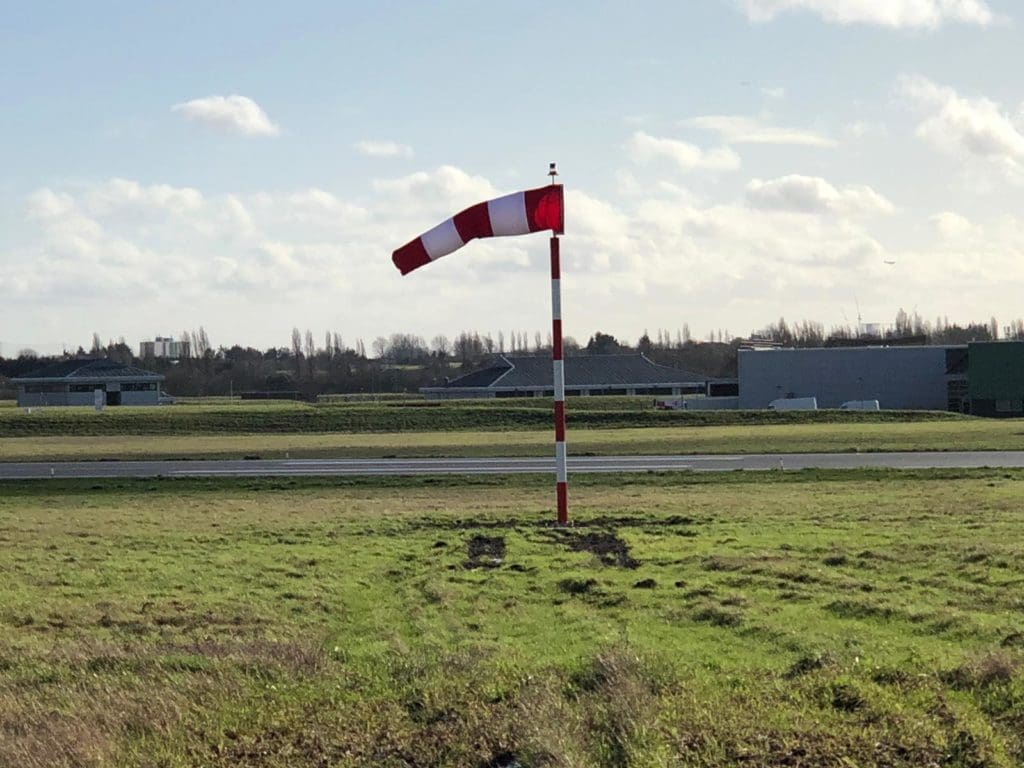Our world is characterised by constant change and innovation. The need for adaptable and reliable security and safety systems has never been more critical. Traditional systems can be effective to some extent. However they often fall short when it comes to minimising damage and ensuring the safety of individuals in high-stress situations. The solution to this issue is frangibility. Frangibility is poised to revolutionise the way we approach security and safety. It will completely reshape the future of security systems.
The evolution of security and safety systems
In the past, security and safety systems have often leaned heavily on rigid and unyielding structures and materials. While these systems provided a level of protection, they were not without limitations. Collisions, explosions, and unexpected events could lead to severe damage, injuries, or even loss of life. Frangibility offers the perfect solution to all of this.
What is frangibility?
Frangibility is the quality of being easily breakable or deformable upon impact. It’s a concept that’s gaining traction across various industries, from aviation to construction and communication to sea travel. This is due to its exceptional safety and damage-reduction attributes.
The five key advantages of frangibility in security and safety systems
Enhanced Safety
Frangible materials and structures prioritise safety above all else. In the event of an impact or collision, they break away or deform. This reduces the risk of injury and minimises damage to property or infrastructure.

Adaptability
Frangibility offers adaptability and flexibility in system design. Security and safety systems can be customised to meet specific requirements while still adhering to stringent safety standards.
Environmental consciousness
Many frangible materials are environmentally friendly. This aligns with the growing trend toward sustainability in modern technology and construction.
Cost savings
While the initial investment in frangible systems may be slightly higher, the long-term cost savings make them a cost-effective choice. This is due to reduced maintenance, repairs, and insurance claims.
Regulatory compliance
In various industries, regulatory bodies and safety authorities now recommend or require the use of frangible systems in critical areas. This helps ensure compliance with rigorous safety standards. For example in aviation, ICAO and FAA compliance is required.
The future of security and safety systems with frangibility
As technology continues to advance, and as society places an increasing emphasis on safety and sustainability, frangibility is set to become the cornerstone of the future of security and safety systems. Here are just some of the current applications of frangible materials. The list of applications is set to increase due to the need to constantly improve safety and security.
Airports
Frangible masts and structures are enhancing aviation safety. They protect both aircraft and passengers during takeoffs, landings, and other critical moments. Structures include approach masts, FOD towers, windsock masts and more.

Transportation
Frangible barriers are revolutionising road safety by reducing the impact of collisions and protecting drivers on highways.

Construction
Frangible materials are being integrated into building designs. They are used to enhance earthquake resistance, as well as protect lives and property in regions prone to earthquakes.
Sporting events
Frangible goalposts and safety structures are minimising the risk of injuries to athletes and spectators during matches.
Explosive ordnance disposal
Frangible materials are aiding in the safe disposal of explosives. They do this by directing the force of explosions away from personnel and equipment.
The way forward with frangibility
In an era of rapid change, frangibility is paving the way for a safer, more sustainable future in security and safety systems. As we continue to seek innovative solutions to protect lives and property, frangibility offers a promising way forward. It emphasises the importance of safety. Plus, it embraces adaptability and minimises damage. In the world of security and safety, frangibility is proving to be the future we can all rely on.
Get in touch now to discuss your project requirements with our team.